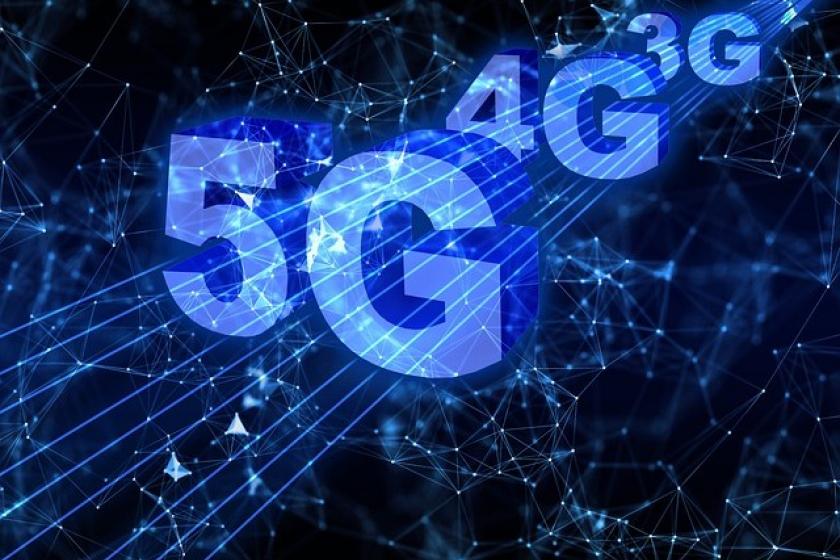The Workspace at the Edge of the InternetThe Workspace at the Edge of the Internet
So long, office building, and thanks for all the fish. To support a digital economy, education system, and workforce, we are going to see the accelerated adoption of 5G and Edge computing.
August 25, 2020

It is with no small amount of irony that this post I'm writing for Network Computing is about working from anywhere because the first taste of remote work I experienced was twenty years ago as a technology editor for Network Computing.
Back then, in the early aughts, very few of us worked remotely. The technology simply didn't exist to reliably enable remote access to the applications and systems IT and business needed to operate on a daily basis. Over the years, technology evolution has enabled us to not just work from home, but work from anywhere.
We've evolved from using conference calls to face to face video; from attaching a copy of a doc to sharing a link to one to collaborate; from being tethered to a desktop by a cable to working poolside via Wi-Fi.
But the acceleration of remote (and highly distributed) work caused by COVID has exposed some glaring gaps in our technical ability to support working from anywhere. From oversaturated Wi-Fi at home to oversubscribed Internet and cellular service often shows itself in spotty video and audio connections, and slow applications.
It's not just remote work that's to blame. Entire industries shifted overnight from physical to digital business models. Digital engagement across every aspect of our lives, from entertainment to sundries to finance, has become the norm. Internet traffic is at an all-time high and shows no signs of receding to that of the before times.
To support a digital economy, education system, and workforce, we are going to see the accelerated adoption of 5G and Edge computing. 5G is necessary to provide the increased speed and bandwidth required to support not just remote work, but the reliable access to applications consumers need to live in a digital world.
The reality is that most of the consumers of digital services are several hops away from the backbone of the Internet. The challenge of optimizing their experience has been encapsulated in the problem of the Last Mile for nigh unto two decades now. An increasing volume of traffic will exacerbate this challenge as we continue to push the boundaries of what it means to be a digital society.
The experience of interacting with applications and services over the internet is called the "digital experience." And it is that experience that will suffer under the deluge of data and increasingly saturated miles of fiber and cable that carry data to a corporate or cloud data center to be processed. We are not a patient people; we will abandon applications and their providers over poor performance. In a digital world, competing providers are only a finger tap away.
Edge computing – enabled by 5G – is rapidly rising to address the new-but-still-old challenge of the Last Mile. By distributing compute much in the same way CDN providers distribute content, organizations can significantly improve performance by effectively moving applications closer to their consumers.
This is not a lift and shift exercise. One does not merely migrate an application and its architecture to the Edge. Edge environments are not full data centers. They are found in wiring closets at your local retailer, hidden at the base of cell towers, and in a back room at the county co-op. To take advantage of Edge, you'll need to carefully consider how you construct and deploy applications.
This is where microservices and containers come into play. Modern architectures are designed to localize functionality and operate almost independently while being managed centrally. The ability to physically distribute microservices across cloud, corporate, and Edge data centers will greatly enable enterprises to take solve the problem of the Last Mile. Decomposing applications with a careful eye toward data processing requirements will provide the best way to take advantage of Edge and ensure productivity and profit.
As Edge rapidly matures, it's time to consider which business functions and capabilities may benefit from being deployed closer to users and customers. If you haven't fully committed to containers, it's time to do so. You'll need to embrace cloud-native (microservice) architectures and start really exploring your data to understand what can be processed locally (at the edge) and what needs to be stored centrally (at the cloud or corporate data center).
Edge is going to evolve as the new reality of a digital society rapidly continues to solidify. Digging in now is the best way to understand how you can use it to serve customers and remote workers the extraordinary digital experiences they deserve.
Related Network Computing articles:
About the Author
You May Also Like




